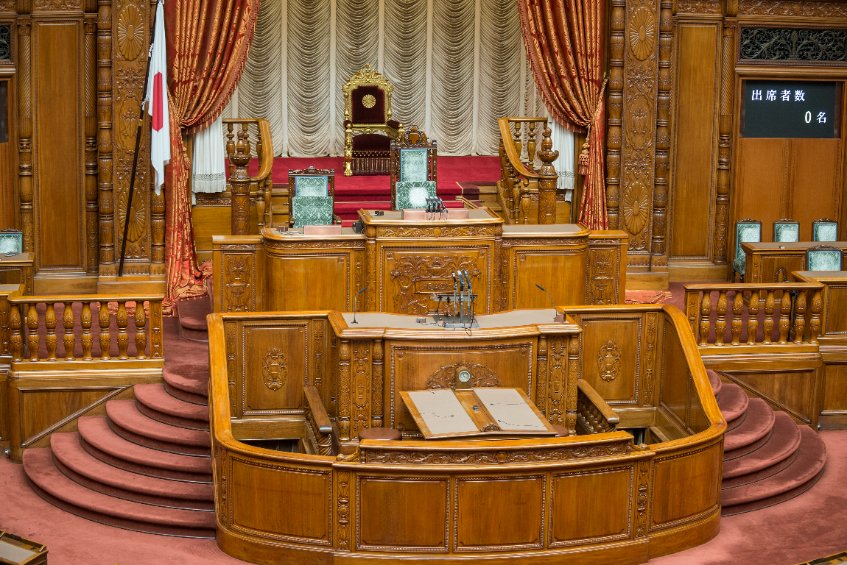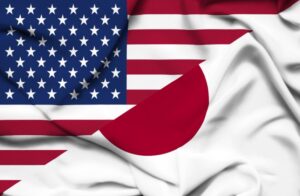Who wrote the new Japanese Constitution?

Who wrote Japanese Constitution?
Who wrote Japan’s Constitution?
Japan’s constitution is well-known for its clause 9, which does not seem to allow the state to militarize and is often a subject of debate. However, little is known about who wrote Japan’s postwar constitution. Who wrote Japan’s new constitution?
In 1945, the Japanese government accepted the Potsdam Declaration and surrendered to the Allied Powers.
Since the occupation, GHQ (General Headquarters) knew how deeply rooted the emperor system was in Japan and realized that if the system were abolished and a republican system were implemented, it would wreak havoc. It was clear that the U.S. occupation rule would be untenable.
However, GHQ received information that the Soviet Union was planning to take advantage of the chaos and invade Hokkaido by having the scheduled Far Eastern Commission decide to institute a republican system in Japan.
GHQ concluded that there was no other way to prevent this than to quickly revise Japan’s constitution to fully exempt the authority of the emperor, seek the understanding of the Far Eastern Committee that Japan’s democratization was complete and that there was no need to establish a republic, and convince the Japanese people that the emperor system would continue and that the Japanese national identity would not be changed by retaining the name “Emperor of Japan” in the constitution.
Using the English-language Civil Administration Bureau draft prepared in only one week by order of General MacArthur, the Supreme Commander of the Allied Powers, as a framework, the “Outline of a Draft Constitutional Amendment” was prepared in one and a half days and all night during the Allied occupation of Japan. The Civil Affairs Bureau draft was created by American staff, i.e., Civil Affairs Bureau Director Courtney Whitney and Civil Affairs Bureau member Milo E. Rowell (an American lawyer and Army officer).
Director Whitney and 25 other members were to draft a new Japanese constitution in just one week.
The draft of the new constitution, which went through a series of twists and turns, followed the constitutional revision procedure of the Constitution of the Empire of Japan and was slightly revised after deliberation by the Imperial Diet on May 16, 1946.
Matsumoto draft and MacArthur’s three Principles
Initially, the Japanese government worked on its own draft.
On October 11, 1945, Prime Minister Shidehara received a request from Supreme Commander MacArthur that the Meiji Constitution be liberalized. On October 25, the prime minister established the Constitutional Problems Investigation Committee (Matsumoto Committee) headed by Joji Matsumoto, Minister of State.
Matsumoto proceeded with the revision work. At this stage, the Japanese government proceeded to prepare its own draft. The Matsumoto draft was submitted to the General Headquarters after completion on February 8, 1946 as the “Outline for Revision of the Constitution.”
However, on February 1, 1946, Matsumoto’s plan was scooped by the Mainichi Newspaper before its official announcement. The General Headquarters was surprised by the conservative content of the Matsumoto draft and decided to prepare its own draft constitution.
On February 3, MacArthur sent a draft of the constitution to General Whitney, Director General of the Civil Affairs Bureau and ordered him to include the following three principles in the draft.
MacArthur’s Three Principles
-
- The Emperor holds the position of head of state.
- War as a sovereign right of the state shall be discarded. Japan renounces war as a means of settling disputes and as a means of maintaining its own security. Japan entrusts its defense and protection to the noble ideals that now animate the world. No Japanese land, sea, or air forces will ever be allowed, and no belligerent rights will ever be granted to the Japanese military.
- The Japanese feudal system is abolished.
On the following day, the 4th, Whitney called Charles Kades, the Deputy Director of the Civil Affairs Bureau, to inform him of MacArthur’s three principles and began working on a draft for GHQ.
After examining the contents of the draft, they asked the General Headquarters to reconsider the Matsumoto draft as it was more suited to Japan’s actual situation, but the General Headquarters rejected the proposal.
The decision was made to prepare a Japanese draft based on the General Headquarters’ proposal.











